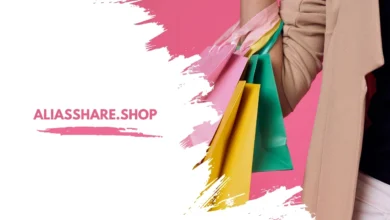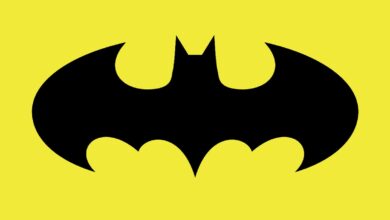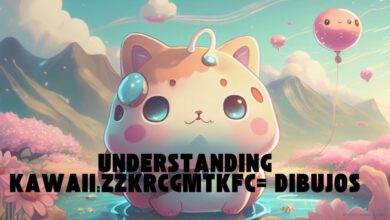Clipart:ee-zgj_h1oc= brain: Exploring the Power and Impact of Brain Illustrations
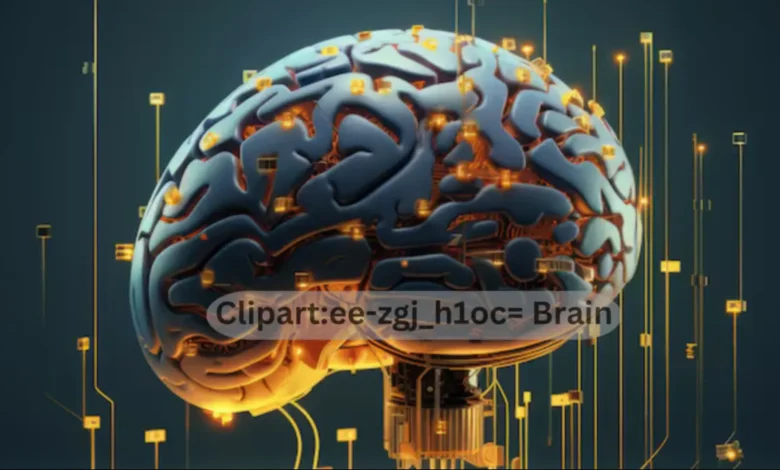
In today’s digital world Clipart:ee-zgj_h1oc= brain, visuals are key in conveying complex information quickly and effectively. Whether you’re creating educational materials, infographics, or artistic projects, Clipart:ee-zgj_h1oc= brain can serve as a powerful tool. The human brain, with its intricate design and critical functions, often needs to be depicted in ways that are both informative and engaging. This article will explore the significance of using Clipart:ee-zgj_h1oc= brain in various contexts, the benefits of using brain illustrations, and how to integrate them into your work for maximum impact.
The Importance of Brain Illustrations
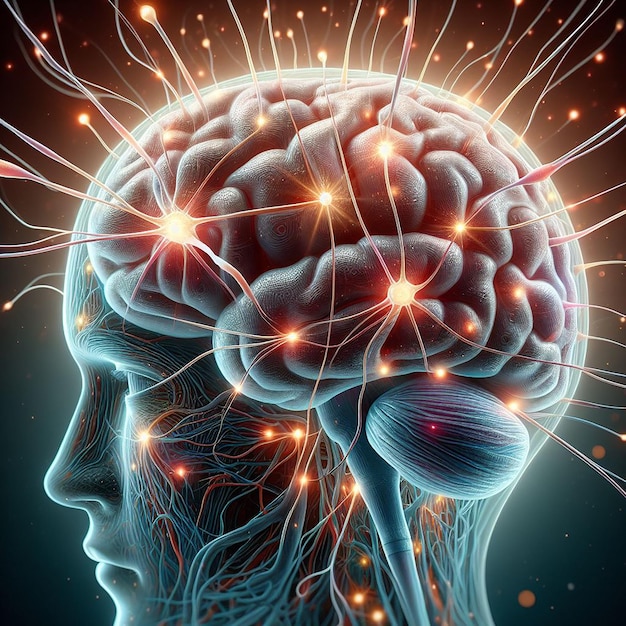
When trying to explain concepts related to neuroscience, psychology, or even mental health, visual aids like Clipart:ee-zgj_h1oc= brain can be incredibly effective. Brain illustrations can help break down complex information into more digestible chunks, making it easier for your audience to understand the topic at hand.
Clarifying Complex Concepts
The human brain is one of the most complex organs in the body, and understanding its functions can be a challenge. By using clipart
= brain images, you can simplify abstract concepts and make them more relatable. Whether you’re explaining how neurons communicate or discussing different parts of the brain responsible for specific functions, a well-designed brain clipart can clarify these ideas.
- Educational Content: Teachers and educators use brain clipart to explain how the brain works with memory, decision-making, and motor skills.
- Medical and Scientific Presentations: Scientists and medical professionals use brain illustrations to depict brain scans, abnormalities, or surgery procedures.
Visual Appeal and Engagement
When you include a clipart
= brain in your work, you can also attract the viewer’s attention. The brain is a fascinating subject, and a creative representation of it can spark curiosity and interest. It makes the learning experience more engaging and encourages the audience to explore the topic further.
Types of Brain Clipart and Their Uses
There are many different styles and types of brain clipart available, and each can serve a unique purpose in your work. Depending on what you need to illustrate, you can choose from a variety of clipart styles to best convey your message.
2D Illustrations
These are the most common and straightforward forms of clipart
= brain. They often feature simple, clear representations of the brain from a side view or top-down perspective. These illustrations typically use vibrant colors to differentiate between different brain regions.
- Educational Posters: For school or classroom settings, a 2D brain clipart is often used in diagrams showing the brain’s various lobes and functions.
- Infographics: 2D brain illustrations can help break down statistics or research findings related to brain health.
3D Renderings
For a more detailed and lifelike representation, a 3D brain clipart is often used. These illustrations are often designed to show depth and detail, including a more realistic portrayal of the brain’s complex structures.
- Medical Presentations: Doctors and healthcare professionals frequently use 3D brain clipart to show specific areas of the brain about diseases or disorders.
- Interactive Learning Tools: 3D renderings allow users to interact with different sections of the brain, ideal for online courses or educational websites.
Cartoon-Style Brain Clipart
This style of clipart
= brain uses a more playful approach to the brain’s image. Cartoon brains can have exaggerated features, such as large eyes or smiles, and are typically designed to be less intimidating and more approachable.
- Children’s Learning Materials: Cartoon-style brain illustrations are perfect for making neuroscience fun and relatable to younger audiences.
- Mental Health Awareness Campaigns: These types of brain images can help present mental health issues in a light-hearted way, removing some of the stigma around mental health topics.
How to Use Brain Clipart in Educational Content
When creating educational materials, incorporating clipart
= brain can help explain complex ideas and make them easier to understand. Here are a few tips on how to use these brain illustrations effectively:
Combine Text with Visuals
When using brain clipart, ensure that it’s paired with clear and concise text that explains what the image represents. For instance, if you’re discussing the functions of the different parts of the brain, label the sections in your clipart so viewers can easily connect the visual to the information provided.
- Labels: Add labels to key brain regions like the frontal lobe, parietal lobe, occipital lobe, and temporal lobe to aid understanding.
- Explanatory Text: Use short descriptions alongside the clipart to explain the function of each brain region.
Keep It Simple and Clear
Brain illustrations should not be overly detailed or complex, especially for younger audiences or beginners. Simple, clear illustrations help prevent confusion and make it easier to grasp key concepts. Avoid cluttering the image with unnecessary details or advanced terminology unless it is necessary for the target audience.
- Basic Diagrams: Use basic outlines of the brain with minimal details when explaining introductory concepts like brain structure or function.
- Color Coding: Different colors can be used to highlight distinct areas, such as blue for the motor cortex or red for the frontal lobe.
Brain Clipart in Mental Health and Awareness
In addition to educational content, clipart
= brain can also be used in the context of mental health. Whether you’re promoting brain health, raising awareness about mental disorders, or explaining cognitive functions, brain illustrations can play a key role in simplifying these complex subjects.
Raising Mental Health Awareness
Brain clipart can help remove the stigma surrounding mental health by providing a visual representation of how the brain functions in different states. These images make the subject matter less intimidating and can make it easier for people to connect with mental health discussions.
- Support Campaigns: Many mental health organizations use brain clipart in campaigns to promote mental wellness and healthy brain habits.
- Visualizing Brain Disorders: Clipart can also illustrate how disorders like anxiety, depression, or ADHD affect the brain.
Promoting Brain Health
Brain health is an important aspect of overall wellness and clipart
= brain can help promote this idea in an accessible and engaging way. Brain illustrations can be used in public health campaigns or educational materials focused on brain exercise, proper nutrition, and mental stimulation.
- Exercise and Brain Function: Illustrating how physical activities impact the brain can encourage people to take care of their mental health.
- Brain Foods: Some campaigns focus on the importance of a brain-healthy diet, and clipart can be used to show which foods promote cognitive function.
The Power of Clipart
= Brain in Web Design
Web design is another area where clipart
= brain can have a significant impact. Websites related to neuroscience, health, education, or even technology can benefit from the use of brain illustrations.
Designing User-Friendly Websites
Brain clipart can be a great addition to website design, particularly in educational sites or blogs discussing the brain, its functions, or related medical topics. The right clipart can help guide the user’s focus and add visual appeal to an otherwise text-heavy page.
- Header Images: Use brain illustrations at the top of pages to grab attention and set the theme.
- Icons and Buttons: Small, simple brain clipart can be used as icons to navigate various sections of a website or blog.
Enhancing User Engagement
By using clipart
= brain, you can enhance user engagement by making your website or online material more interactive. Websites focused on cognitive skills, brain training, or education can incorporate clickable brain illustrations that lead to further information or lessons.
- Interactive Diagrams: Users can click on parts of the brain to learn more about its functions.
- Games and Quizzes: Using brain clipart in interactive quizzes or games can make learning about the brain fun and engaging.
Final Thoughts on Clipart
= Brain
In conclusion, clipart
= brain is an invaluable tool for educators, healthcare professionals, web designers, and anyone looking to visually communicate the complexities of the brain. Whether you’re using it in a classroom, a mental health campaign, or an online learning tool, the right brain illustration can significantly enhance understanding and engagement.
The brain is a symbol of intelligence, thought, and emotion, and by using clipart effectively, you can make these complex topics more approachable and easier to grasp. From simplifying brain anatomy for students to promoting mental health awareness, brain clipart can be a powerful tool to inform, educate, and inspire.
So, the next time you’re working on a project related to the brain, remember that clipart
= brain is more than just an image—it’s a gateway to understanding the wonders of the mind.


